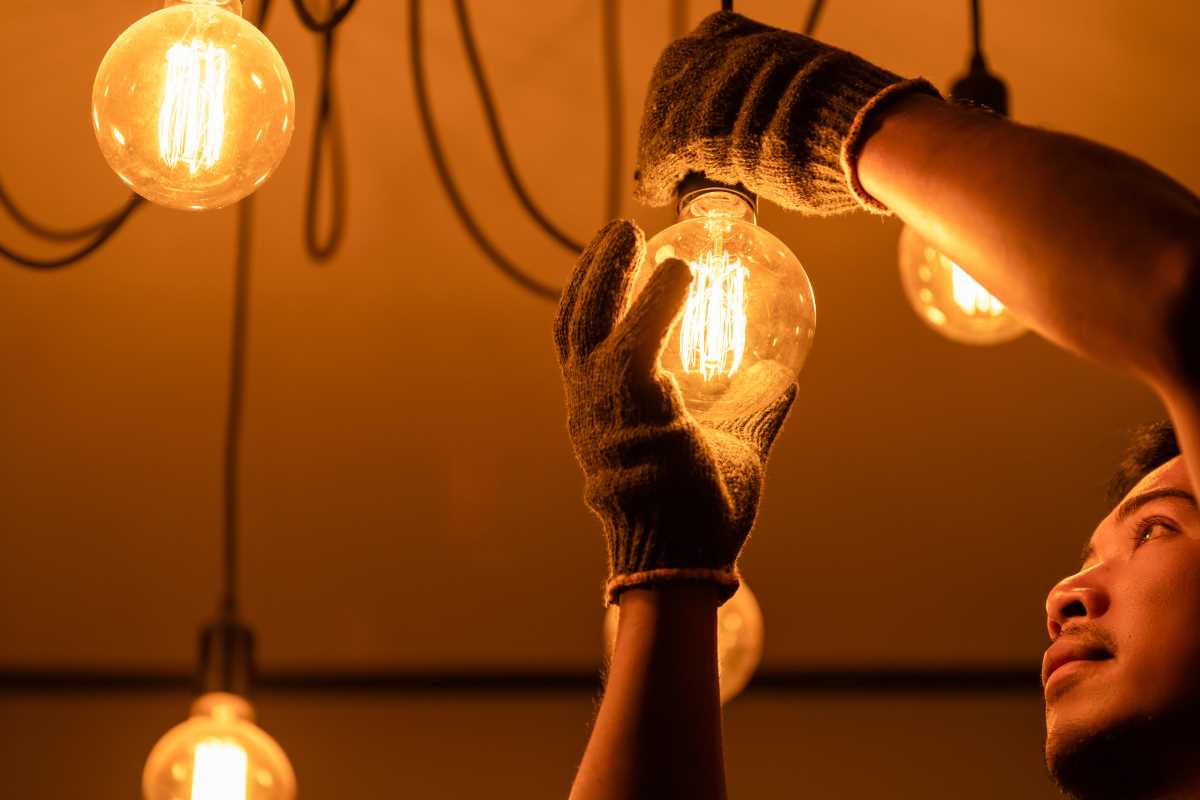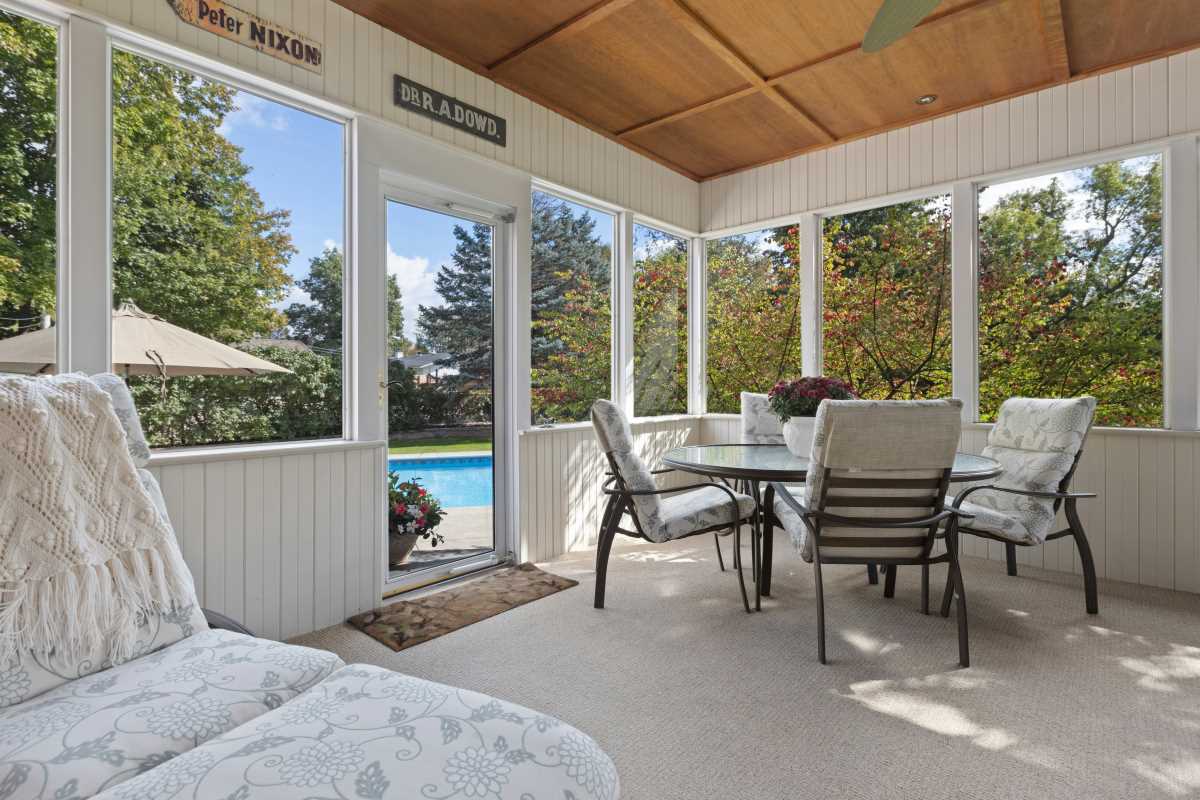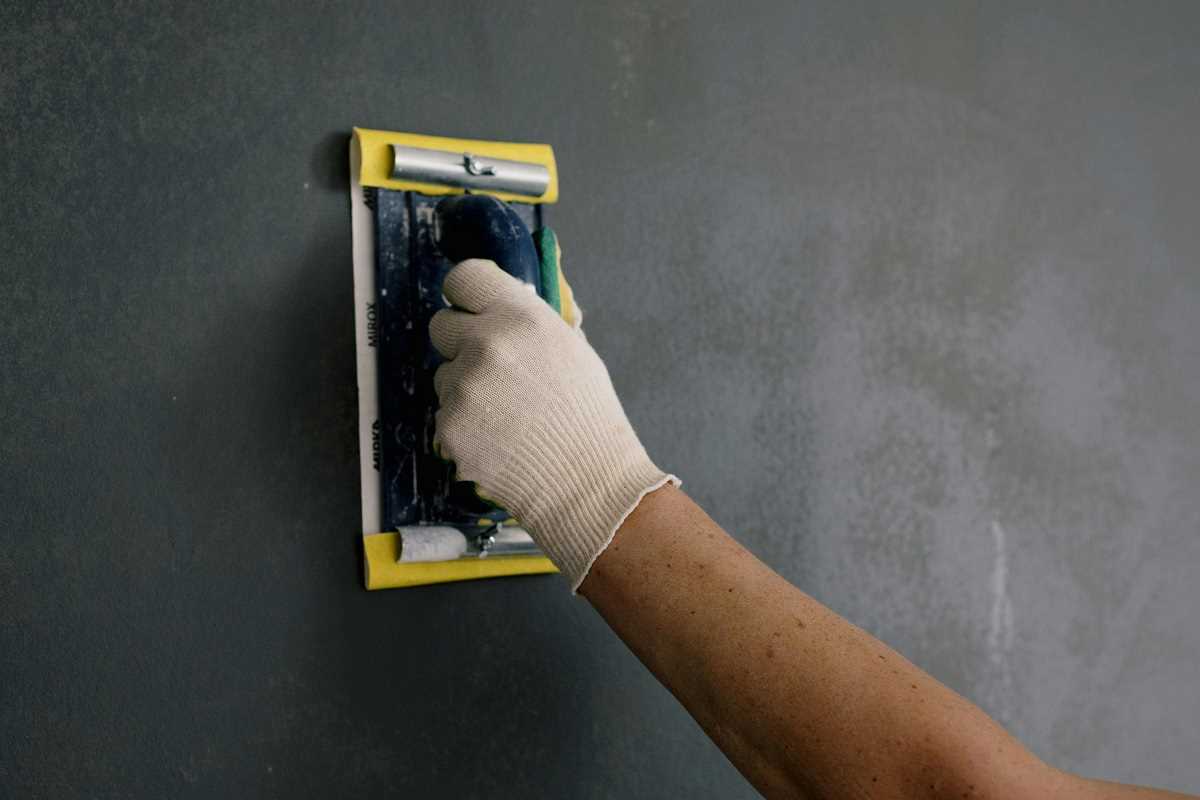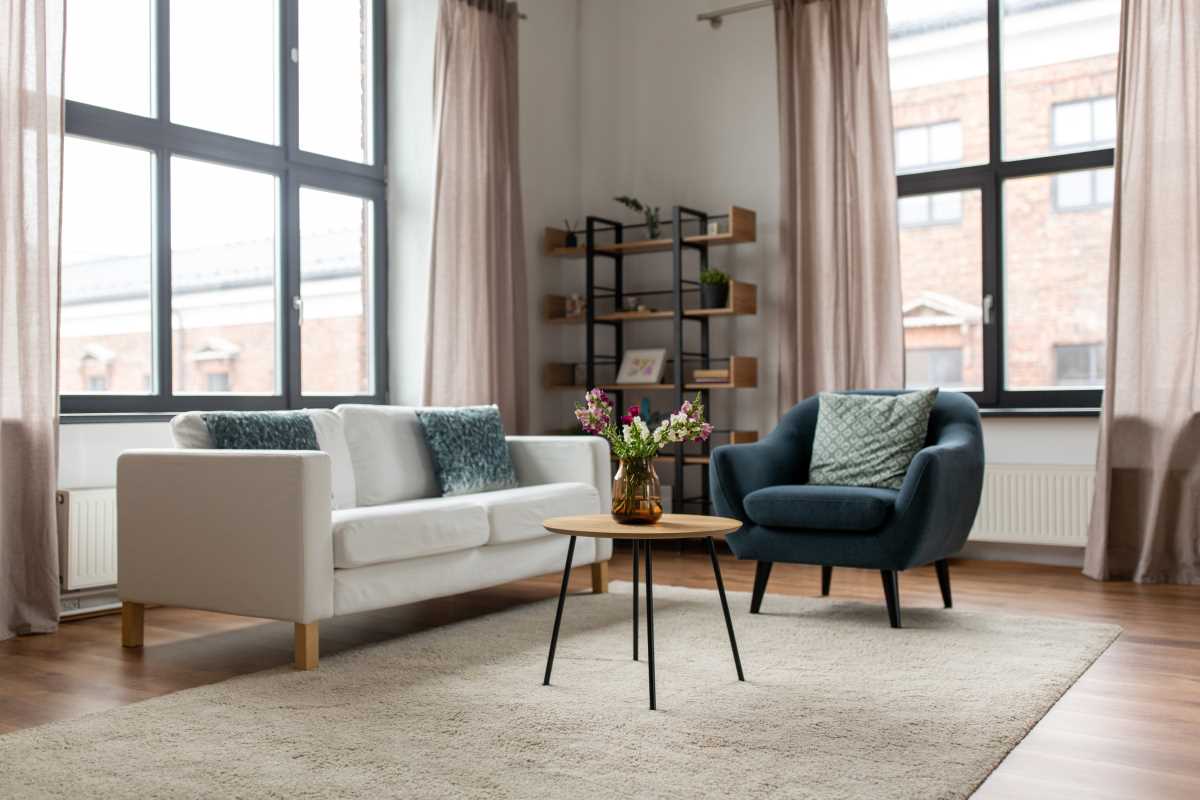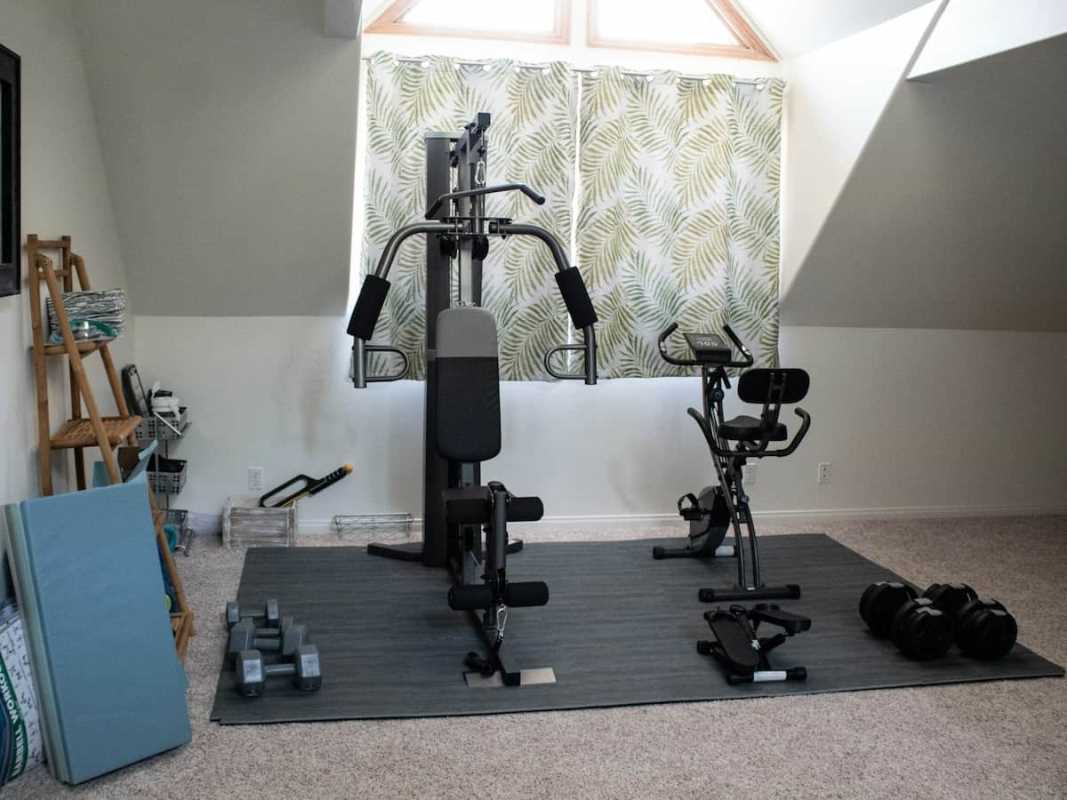Imagine stepping out of the shower onto a warm, toasty floor instead of a freezing cold one. That’s not just a dream—it’s the reality of heated floors, one of the most luxurious and surprisingly practical upgrades you can make to your home. This isn't just about next-level comfort; it’s about creating a cozy, energy-efficient space that feels amazing from the ground up.
Thinking about adding this awesome feature to your space? Let's dive into everything you need to know about installing heated floors, from how they work to which system is right for your vibe and budget.
The Vibe: Why Heated Floors Are a Total Game-Changer
So, what’s the big deal with heated floors? Beyond feeling like a warm hug for your feet, this upgrade brings some serious benefits.
- Unmatched Comfort: This is the main event. Radiant floor heating provides a consistent, gentle warmth that rises evenly from the floor. It eliminates cold spots and creates a cozy atmosphere you just can't get from traditional heating systems.
- Energy Efficiency: Heated floors can be more efficient than forced-air systems. Since heat rises naturally, the warmth is concentrated where you live, not collected at the ceiling. This allows you to set your thermostat a few degrees lower while still feeling perfectly comfortable, which can lead to major savings on your energy bills. It's a sustainable choice that pays off.
- Better Air Quality: Traditional heating systems blow air around, kicking up dust, allergens, and other irritants. Radiant floor heat doesn't do that. It provides clean, silent warmth without drying out the air, making it a healthier choice, especially for people with allergies or asthma.
- Design Freedom: Say goodbye to bulky radiators and ugly vents that dictate your furniture layout. With heated floors, the entire system is hidden. This gives you total creative freedom to design your space exactly how you want it, with a clean, minimalist aesthetic.
- Increased Home Value: Heated floors are a seriously desirable luxury feature. This upgrade can make your home stand out and significantly increase its resale value. It’s an authentic investment in both your comfort and your future.
The Lowdown: Electric vs. Hydronic Systems
There are two main types of heated floor systems. The one you choose depends on the size of your project, your budget, and whether you're building new or retrofitting an existing space.
Electric Systems
Electric systems use a network of cables or mats with embedded heating wires that are installed under your flooring. When you flip the switch, electricity flows through the wires, generating heat.
- Best For: Remodels, single rooms like bathrooms and kitchens, and smaller spaces.
- The Pros:
- Affordable to Install: The upfront cost of materials for an electric system is generally lower than for a hydronic system.
- Easy to Install: The mats are relatively easy for a DIY-savvy person or an electrician to install, especially during a remodel.
- Thin Profile: They don't raise the floor height very much, which is a major plus when you're working with an existing space.
- The Cons:
- Higher Operating Costs: Electricity can be more expensive than gas, so the long-term running costs can be higher, especially if you're heating a large area.
Hydronic Systems
Hydronic systems work by circulating hot water through a network of flexible tubing installed under the floor. The water is heated by a boiler or a dedicated water heater.
- Best For: New construction, whole-house heating, and very large spaces.
- The Pros:
- Lower Operating Costs: These systems are incredibly energy-efficient to run, especially when paired with a high-efficiency boiler. Over time, they are more affordable for heating large areas.
- Versatile: They can be powered by various energy sources, including natural gas, solar, or geothermal.
- The Cons:
- Higher Upfront Cost: The installation is much more complex and expensive. It requires a boiler, pumps, and manifolds in addition to the tubing.
- Thicker Profile: The tubing is thicker than electric wires, so it raises the floor height more significantly. This makes it challenging to retrofit into an existing home without major modifications.
Installation 101: What to Expect
Installing heated floors is a project that’s best done during a remodel or new build when the subfloor is exposed. Here’s a quick look at what the process involves.
- Prep the Subfloor: The subfloor needs to be clean, level, and stable. A layer of insulation board is often installed first. This is a critical step because it ensures the heat travels up into your room instead of down into the foundation.
- Lay Out the System:
- For electric systems, this involves rolling out the heating mats or weaving the cables back and forth and securing them to the subfloor.
- For hydronic systems, the tubing is laid out in a specific pattern and attached to the subfloor.
- Connect to Power/Water: An electrician will need to connect an electric system to a dedicated circuit, usually with a special programmable thermostat. A plumber and an HVAC technician will connect a hydronic system to the boiler and manifold.
- Cover with Mortar: A layer of thin-set mortar or self-leveling compound is poured over the system. This embeds the wires or tubes and creates a flat, smooth surface for your new flooring.
- Install New Flooring: Once the mortar is cured, you can install your new floors. Most flooring types work with radiant heat, but engineered hardwood, tile, and luxury vinyl are some of the best choices because they conduct heat well.
Making the Right Call: What’s Your Vibe?
So, how do you choose the right system?
- Just doing the bathroom? An electric mat system is your best bet. It’s an affordable, easy-to-install upgrade that will bring a touch of luxury to your daily routine.
- Building a new, eco-friendly home? A whole-house hydronic system is a fantastic, sustainable investment that will provide efficient, comfortable heat for decades.
- On a tight budget? If a full system isn’t in the cards, you can still get a taste of the good life. Consider a small electric mat just in front of your vanity or shower for a targeted zone of warmth.
Installing heated floors is an amazing way to elevate your home’s comfort and style. It’s a move toward a more luxurious, efficient, and authentic living space. So go ahead, give your feet—and your home—the warm welcome they deserve.
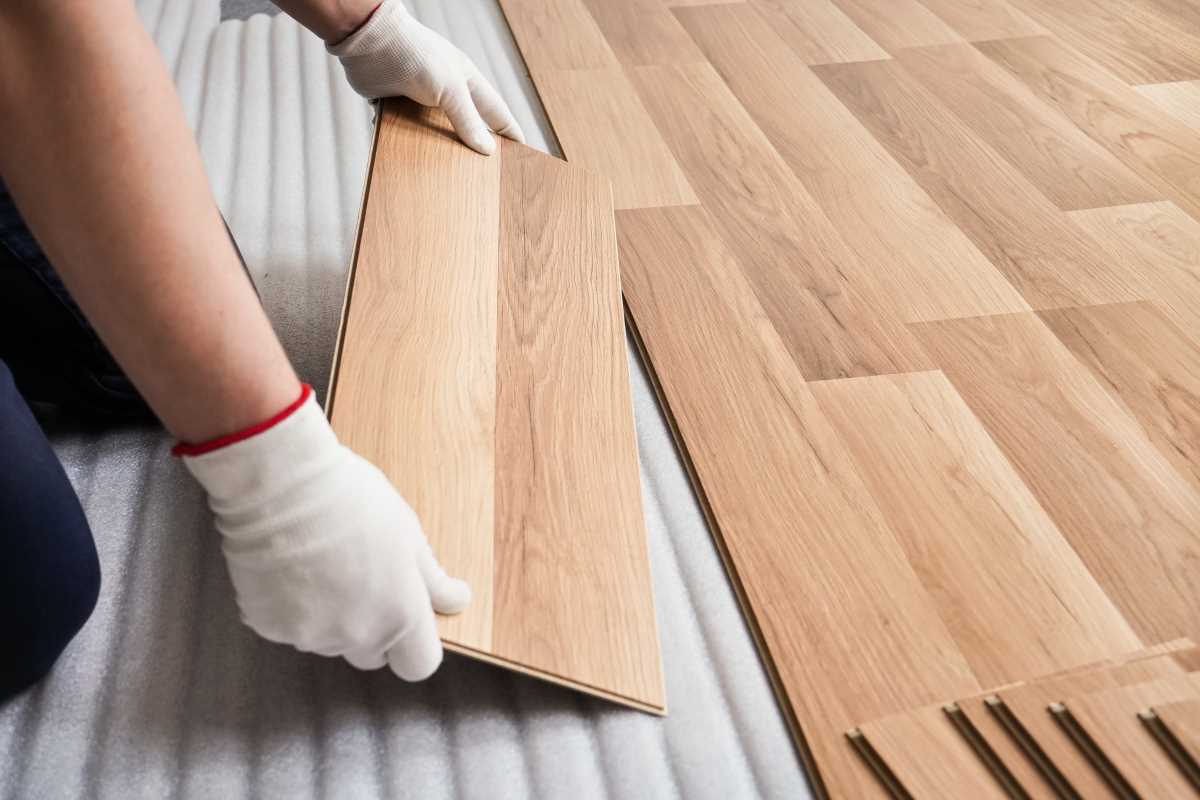 (Image via
(Image via